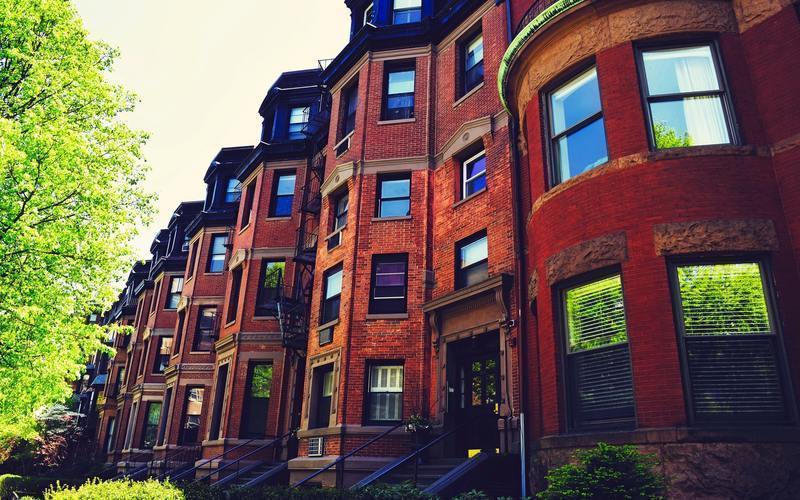
How 7 Boston Neighborhoods Got Their Names
Share
Have you ever wondered how your Boston neighborhood got its name? With New England being the first area colonized by British settlers, many towns and landmarks pay homage to England with their names - but not all of them!
Curbed Boston recently compiled a list of origin stories for Boston’s 22 largest neighborhoods. Here, we have featured 7 of the most interesting tales.
Allston
There's a reason Allston and Brighton are often confused. The area that would become known as Allston was once the stockyards and rail yards of Brighton, with a post office and not much else except trees and forest.
Painter, Washington Allston lived across the Charles River in Cambridge at the time, but loved to hike in the woodlands of Brighton. When the area was annexed in 1874, it became known by his surname.
Beacon Hill
The mass of land on which the city of Boston was built was originally known as the Shawmut Peninsula. It was comprised of three (some say five) hills, which became the North End, the Financial District, and Beacon Hill, named because it once featured a signaling beacon.
Dorchester
Dorchester is Boston’s largest neighborhood by area, named for a town in southern England. While that part isn't very interesting, it's a little known fact that Dorchester, USA, was once an independent town. In1870 it was claimed by Boston and once included areas of what is now South Boston.
Fenway
Some say the Fenway neighborhood of Boston was created in the late nineteenth century by filling in marshland - otherwise known as "fens." Others say it is named for the Back Bay Fens, a park designed by landscape architect, Frederick Law Olmsted.
Either way, the area - along with Kenmore Square and Audubon Circle - was annexed from Brookline in the 1870s.
Mattapan
Mattapan was originally a part of Dorchester until it was annexed by Boston in 1870. The name comes from the Neponset Native American phrase meaning “a good place to be” or “a good place to sit.”
Roslindale
In 1870, Roslindale was in the process of becoming Boston’s newest neighborhood by adding its own Post Office.The area was currently known as South Street Crossing, but the residents knew the name would have to be shortened to please the USPS.
One well-traveled resident suggested naming the area after Roslin, a village outside of Edinburgh, Scotland, which he claimed the Massachusetts town reminded him of. The "-dale" was added because of the surrounding hills.
Roslindale was once part of Roxbury and West Roxbury before being absorbed by Boston in 1873.
Roxbury
Roxbury was one of the first towns founded in the Massachusetts Bay Colony in 1630. The area was an ecellent source of water and timber for the colonists as well as a particular type of stone only found in the Boston basin.
Roxbury was originally called "Rocksberry" after these stones. The rock came to be called Roxbury puddingstone - and is now Massachusetts’ official state rock.
H/T to Curbed Boston
